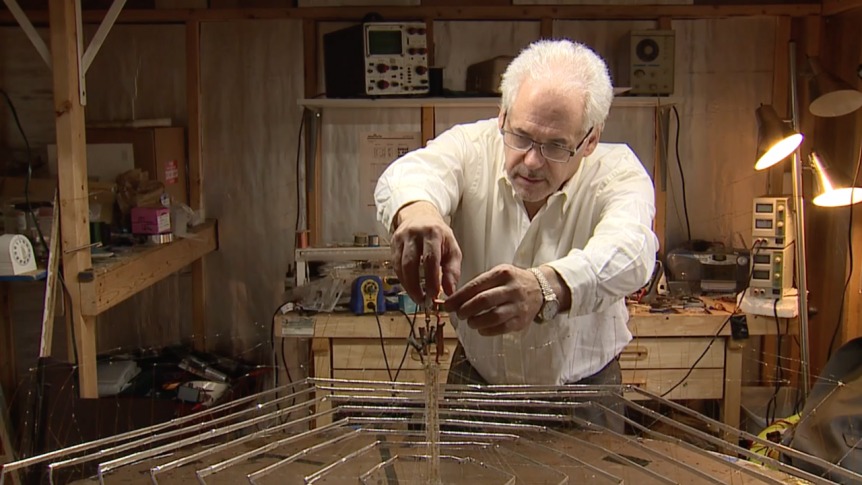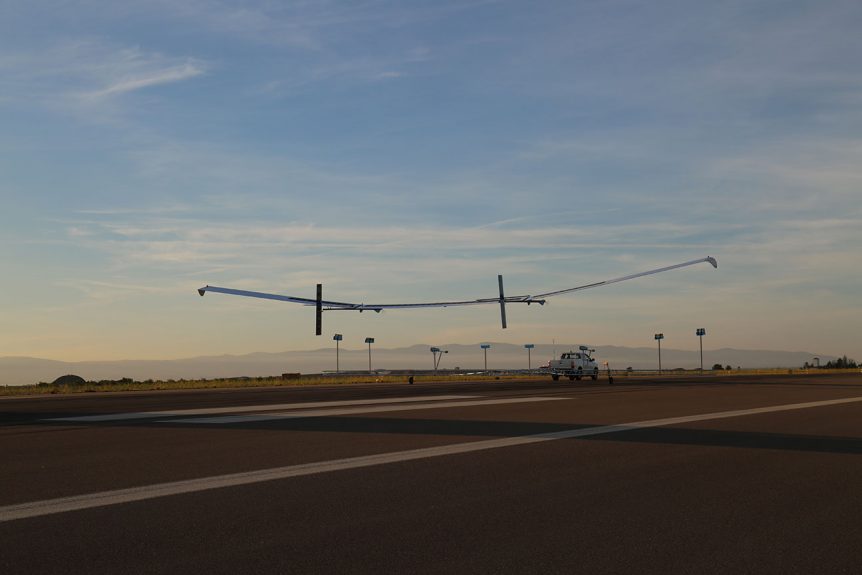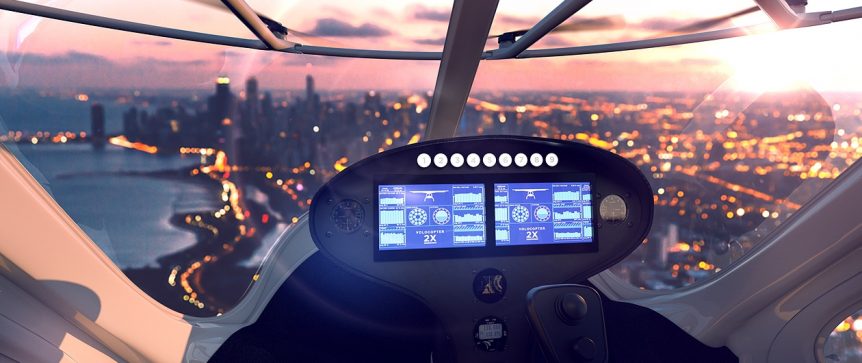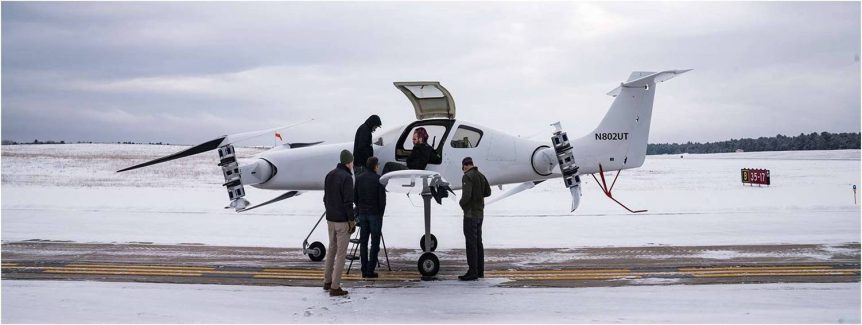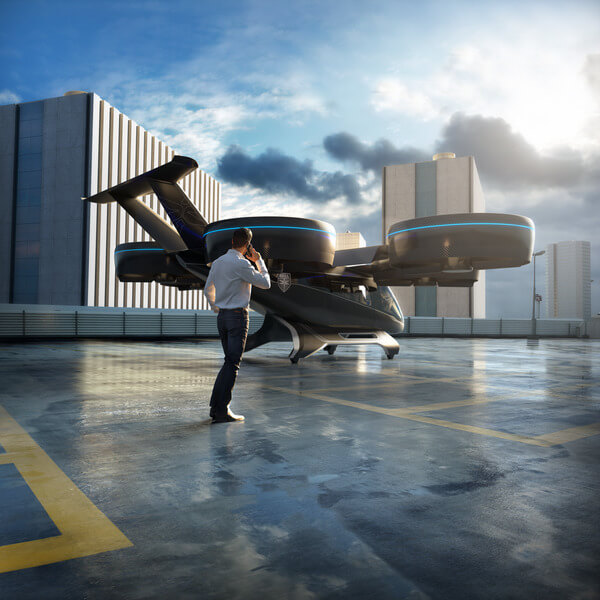Over the years reporting on battery developments, we’ve seen paper batteries, spray-on batteries, structural batteries and many types of material mixes. Drexel University has tossed all the above intone big hopper and come up with MXene, a potentially dynamic way of making batteries, supercapacitors, antennas, and structural elements that can be conductors, semiconductors, and insulators, among myriad applications. Going Through a Phase MXenes are formed from layered MAX phases, defined by Drexel as forming, “A large family of ternary(composed of three) carbides with the general formula Mn+1AXn, where n = 1–3, M is an early transition metal, A is an A-group element (mostly IIIA and IVA), and X is C and/or N:” That level of chemistry is two quantum leaps above your editor’s pay grade, so you’ll have to work out the implications for yourself. Or, you can read the more understandable explanation in this link. Drexel explains, “MXenes are made by chemically etching a layered ceramic material called a MAX phase, to remove a set of chemically-related …
Is Ionic Propulsion Plausible?
Ethan Krauss responds to MIT’s Ionic Flyer Coverage There seems to be great interest in ionic propulsion. After we published “MIT’s Ionic Flyer – Solid State All the Way,” our editorial offices (otherwise known as your editor’s kitchen) received a comment from Ethan Krauss, who corrected the historical record. He explains, “MIT was NOT “the first ion propelled aircraft of any kind to carry their power supply, as their video and paper say. They don’t use less voltage, they are not more efficient, they are not the largest. Size was not the limit in the past.” Click on image to see video of MIT’s first flights. “They are the second in the world to be able to claim that they built an ion propelled craft that can carry its power supply. Their craft however, was launched with the assistance of a bungee cord, and large wings thereby reducing the power needed for its 10 second flight.” The Cleveland Plain Dealer …
Purdue Flow Battery: Safer, Less Expensive
Promising enough to catch NBC’s attention, new flow battery technology from Purdue University promises quick refueling and up to 3,000 miles range in the electric car of the future. If volumetric and gravimetric factors can be brought into line, this could be a useful energy storage medium for future aircraft. John Cushman, Purdue University distinguished professor of earth, atmospheric and planetary sciences and a professor of mathematics and partner Eric Nauman, professor in mechanical engineering, biomedical engineering, and in basic medical sciences, co-founded IFBattery Inc. The pair developed a “safe and affordable” patented technology that requires replacing fluids in their battery every 300 miles, and then swapping the anode material every 3,000 miles “taking less time than is needed to do and oil change” and costing about $65. This calculates to about 2.167 cents per mile, considerably less than the 11 cents per mile your editor’s small econobox requires just for fuel. Cushman further explains the economics from the infrastructure perspective: “It’s a game-changer for the next generation …
Astigan HALE Flies British Skies
Ordnance Survey Established in 2014 by Ordnance Survey and private investors to develop and commercialize the UK’s first commercial sub-orbital Earth Observation High-Altitude Pseudo Satellites (HAPS), Astigan is both the aircraft company and product of that partnership with OS. Ordnance Survey produces maps for private, government and business users, including pre-printed print maps and custom charts downloadable to PCs or mobile devices. These can be as elaborate as items containing “fly-throughs” of requested routes for hiking, biking, driving or even flying trips. 3D modeling enables users to visualize the terrain and essential elements before committing to a flight. Astigan HALE To enable accurate mapping and application development, the team has created a 38-meter (124.7 feet) wingspan, twin-motor high-altitude, very light machine that will not only chart the landscape, but provide data for environmental, analysis of changes in the geospatial landscape, monitor agricultural factors such as soil erosion or crop yield, provide a communication link in remote areas and in disaster …
Polyplus and SK Team on Glass-Encapsulated Batteries
Polyplus, a Berkeley, California-based battery developer, has teamed with SK, Korea’s” first and largest energy and chemical company,“ to produce and test prototype cells to demonstrate increased volumetric and gravimetric energy density and cycle life relative to existing Li-ion cells.” Just reported, “The PolyPlus lithium-water battery has achieved the highest recorded energy density of 1,300 Watt-hours/kilogram, or an almost 10x improvement* over current lithium-ion batteries. Polyplus projects the energy density for commercial lithium-air batteries to be 1000 watt-hours per kilogram.” As with many recent partnerships, the alliance between Polyplus and SK provides “muscle” for the smaller partner. Polyplus, with 18 bay area employees, will benefit from the far more sizable SK’s financial and managerial expertise. Between the two firms Polyplus’ 135 issued and 40 pending patents should receive proper support. According to Green Car Congress, “SK selected PolyPlus as partner for its global consortium.” The collaboration is focused on PolyPlus’ solid-state lithium anode laminate that has the potential to double the …
Fraport And Volocopter Implement Infrastructure
Helena Treeck, Senior Global PR Manager at Volocopter GmbH, announced that Volocopter and Fraport AG (the managing directorate for Frankfurt Airport) are, “Developing concepts for ground infrastructure and operations required for air taxi services at airports.” A Promising Concept As most of us know from inconvenient experience, getting to and from the airport and fighting our way through the obstacles between us and our assigned seat are frustrating and at times almost demeaning. Volocopter probably can’t take away the patdowns and the delay in security lines, but it can release us from the traffic jams on the way to and from the airport. Volocopter proposes “Volocopter Ports,” a nest of landing platforms, battery swap stations, and boarding and departure zones. Helena reports, “Fraport and Volocopter said that they’re exploring on how to integrate air taxis into the existing airport infrastructure at Frankfurt, using what it calls Volocopter Ports, that could link up with existing transportation nodes at the airport. One …
Two Different Carbon Batteries
With lithium-ion batteries seeming to have topped out in their capabilities, battery researchers are looking at new ways of storing energy. Zap&Go in England and Graphenano in Spain are exploiting a more common element to good effect, crafting carbon batteries that charge quickly and last thousands of charge-discharge cycles. Both attack their goals in very different ways. Zap&Go Carbon-ion Battery According to Microbattery.com, the Oxford-based organization Zap&Go has created and delivered a carbon-particle battery consolidating the superfast charging capacities of a supercapacitor to gain rapid charging and long cycle life. Unfortunately, as far as electric vehicles go, it’s not quite ready for prime time. The good news is that it’s on a well-structured timeline that will bring it to the vehicular world in the next few years. Auto Economic Times of India reports that Zap & Go follows the path many others with new technology often go down. “’Today it’s a developing technology, so it’s not as good,’ Zap&Go’s chief executive Stephen …
Making Structural Batteries More Sinewy
Multitudes of researchers have exercised their mental muscles trying to make man-made products mimic naturally-occurring structures. According to University of Michigan researchers, the cartilage in your knees might provide the inspiration for a “structural battery” prototype that would be durable and easy to shape. This blog has long promoted the idea of structural batteries, energy storage systems that could double as strengthening elements in the aircraft shell. Storing energy in car bumpers or airplane wings has some risk elements. What will happen to a battery cracked by collisions on the ground or excessive loads in the air, for instance. Nicking or puncturing existing batteries can cause flaming catastrophes. As U of M researchers note, “[Structural batteries] been a long-term goal for researchers and industry because they could reduce weight and extend range. But structural batteries have so far been heavy, short-lived or unsafe. The school’s tests, described in ACS Nano, ended up with damage resistant, rechargeable zinc batteries with a …
Beta Technologies Testing Actual Prototype
Kyle Clark heads Beta Technologies, an aircraft company flying under the radar until recently. Beta’s prototype, based on an RDD LX7, uses eight electric motors driving one fixed-pitch propeller each. These are mounted on rotating tubular arms that allow vertical takeoffs and landings with the propellers in horizontal orientation and a claimed 170 mph cruise when in vertical orientation. VT Digger, an independent non-profit journal, reports, “Using homemade flight simulators, an array of 3D printers, a machine shop, and a team of nearly 40 staff and contracted engineers, Clark has big plans for his self-funded company, which occupies a hangar and other buildings at the Burlington airport. He intends to stand out for creating an aircraft with a power system that enables it to achieve the longest flight range amongst its peers.” “’We’re going to develop the world’s longest-range, best-performing aircraft,’ he said.” Wired, in a snarky mode, describes the Beta Ava as looking, “like what Tony Stark would build …
Bell Nexus Debuts at CES 2019
This year’s Consumer Electronics Show (CES) had over 4,500 exhibitors, and one major aircraft company showing off its Bell Nexus sky taxi and its Autonomous Pod Transport (APT). Fast Company reported that three major trends emerged: the thousands of devices that link to “virtual assistants” such as Alexa (28,000 apps), the introduction of a slew of Apple products, and the changes in transportation new technology will bring. Fast Company noted, “This long-term–and wildly futuristic–strategizing was on full display at CES. For starters, the Uber partner Bell showed off a second-stage concept of its flying car that both companies swear they will begin testing in 2020. (This has been on the docket for a while.) A full-scale model on the CES floor promised to fly five people at speeds reaching 150 mph. Of course, it didn’t actually fly, but it’s being taken seriously for an important reason: Bell is an established aircraft developer that makes the propulsion technology behind the V-22 Osprey (the crazy-expensive military helicopter …


